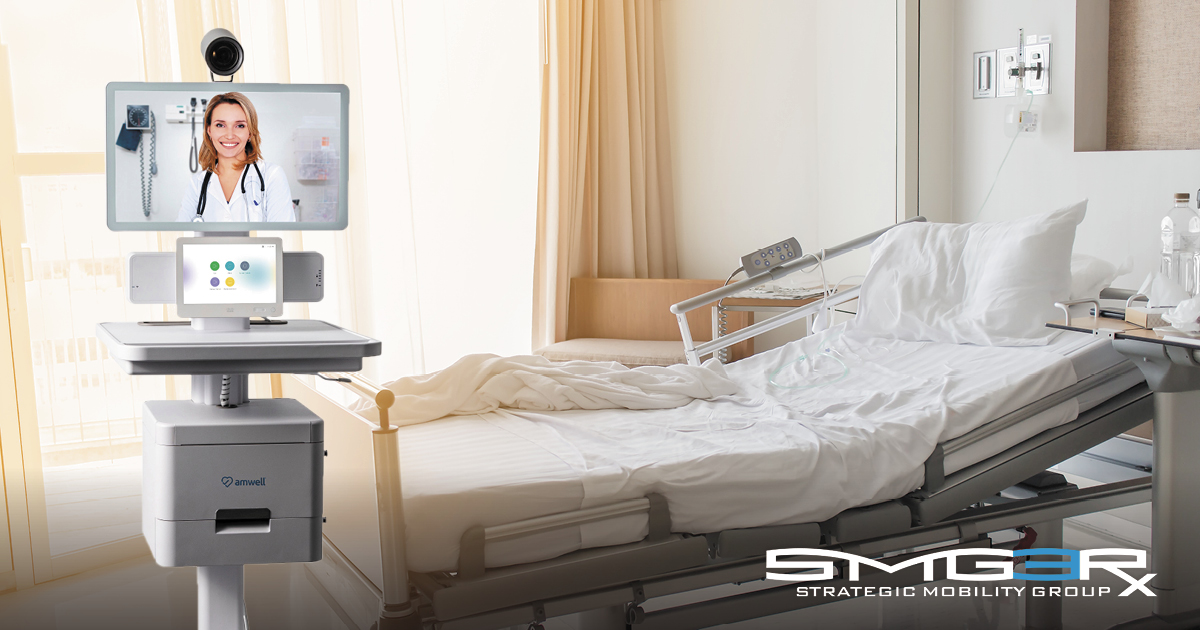“Adaptable mobility” has been a term redefining efficiency across multiple industries. When sudden change strikes –such as labor shortages or the healthcare crisis – rigid technologies hinder workflows from adapting to new challenges such as remote service or surges in demand. In the healthcare sector, adaptable mobility via medical carts has successfully enabled facilities to admit, test, treat, and discharge more patients by allowing caregivers to care for multiple workflows at the same time. With the U.S. Bureau of Labor Statistics projecting a need for 1.1 million of new RNs by 2030, medical carts that expand worker performance without adding stress can help the modern hospital meet patient needs with quality care.
Bring quality care to where it’s needed most with a mobility solution that enables…
- Reduction in cyclical time-wasting workflows – Equipped with a scanner, mobile computer/display, and a printer, caregivers can print out identification wristbands, update EHRs, and verify medication all through one moving terminal, eliminating extra travel time between medical cabinets and files.
- Easy and quick transportation of resources – Lightweight and ergonomic, medical carts are easy to transport anywhere you need them, whether at the bedside or in the admission room.
- Organized and safe medical storage - Modernized carts can be equipped with locked bins and drawers for medicine, thus equipping them with a safe way to both administer medication and collect specimens without confusion or misplacements.
- Connectivity between patients, doctors, and administrators – Studies suggest patient data is usually entered must later after initial collection, leaving communication gaps between departments. Mobile carts allow nurses to enter in patient data immediately, closing gaps and protecting treatment quality.
- Less detours and complicated workflows – Since nurses no longer need to reroute to a centralized computer terminal, they are less prone to workflow interruptions as they enter in all necessary data while with the patient.
- Immediate access to records and updates – On the flipside, doctors and specialists can access and update medical records immediately, reducing wait times to accelerate discharge.
- Telemedicine sessions to reduce patient density – Nearly 40% of primary care appointments are expected to be conducted remotely to lessen patient volume and ensure safe distancing. Medical carts and clinical smartphones facilitate telemedicine with enhanced cameras, dual screens, and wall-to-wall connectivity.
- HIPAA compliant data storage – Digitized reports and EHRs can be protected with higher cybersecurity and encryption, complying with HIPAA regulations while enabling seamless and protected data sharing amongst authorized doctors and nurses.
- Error-free clinical documentation – Mass digitization across all departments brings hospitals closer to 100% accuracy as manual data entry is eliminated from crucial reporting. This mitigates inaccurate treatments, lethal accidents, and heavy fines as records are easily transferable and readable by receiving parties.
To see which technologies to add on your medical cart, reach out to an SMG3Rx specialist for a step-by-step assessment of your mobility needs and current systems.



